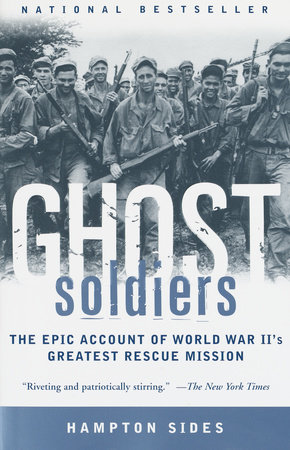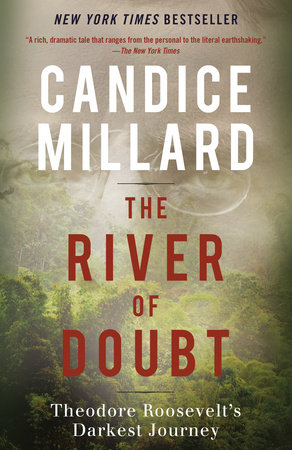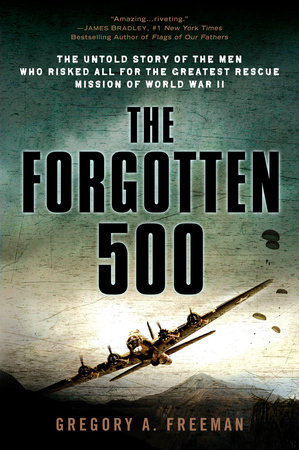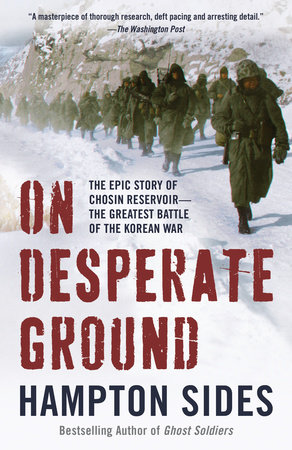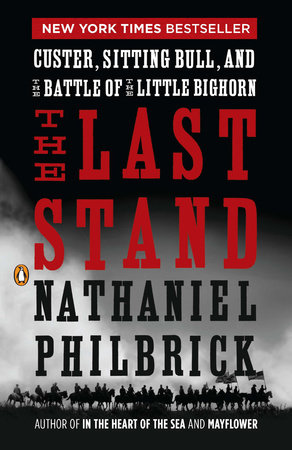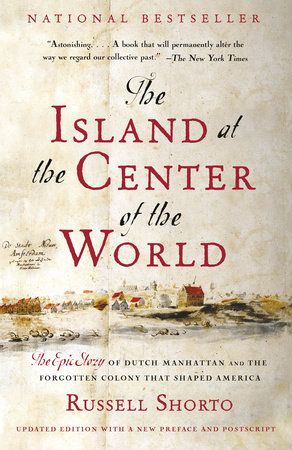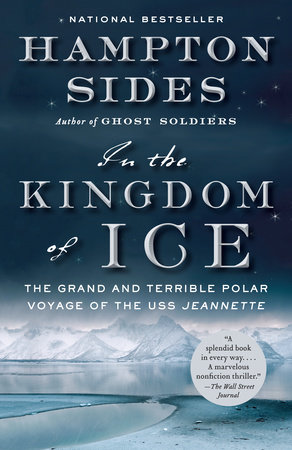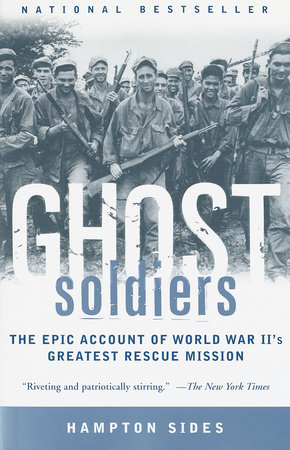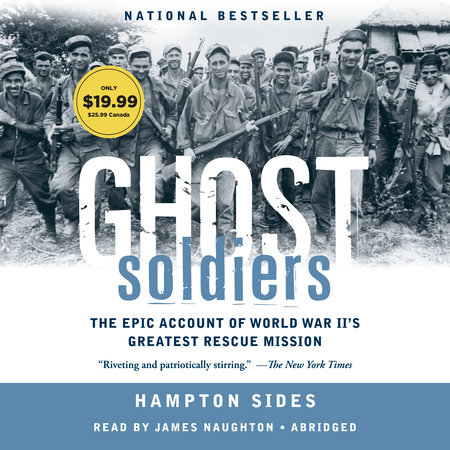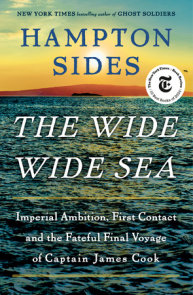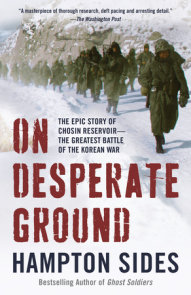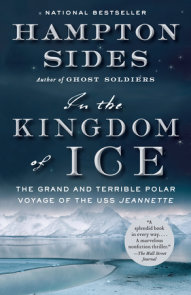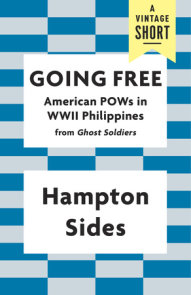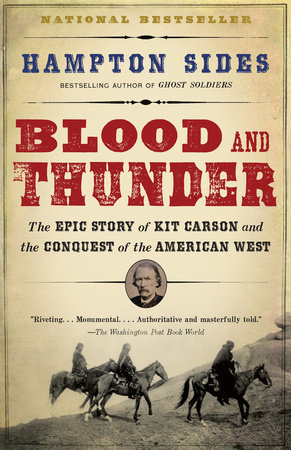Author Q&A
Q: What was the inspiration for writing GHOST SOLDIERS?
A: Journalists say that the most interesting stories start locally and that was certainly true in this case. When I moved to New Mexico in the mid 1990s, I kept encountering the word “Bataan.” Everywhere you go in this state you see it: Bataan Memorial Museum, Bataan Avenue, libraries, monuments. There’s even a Bataan Memorial Death March. I wondered what the connection was. More than that, to be perfectly honest, I wondered what Bataan was. I knew it had to do with World War II, but my level of ignorance was appalling. Here was the largest surrender in American history and it was only the vaguest of references for me. Then I learned the New Mexico connection: More people died on the Death March from New Mexico, a tiny place in terms of population, than from any other state. This was because the New Mexico National Guard was federalized shortly before the war, turned into an artillery unit, and sent over to the Philippines. You had thousands of Pueblo Indians, Spanish Americans, and rancher kids—teenagers, really—caught in this epic conflict for which they were woefully unprepared. When I immersed myself in this project, I began with the New Mexicans and gradually worked my way outward.
Q: Had you always been interested in World War II?
A: Not especially. And in truth, even from the beginning, I never approached this book as a war story. I’m not a war buff, particularly. I’ve always been a great admirer of authors who can write about war in such a way that it rises above the confines of the genre. Great storytellers, in other words, who just happen to write about military situations. I love Shelby Foote, whom I knew as a kid growing up in Memphis. I was greatly influenced by the war correspondent John Hersey, author of Hiroshima, who was a teacher of mine at Yale. I like to think of Ghost Soldiers as primarily an adventure narrative set against the backdrop of war. On another level, it’s a human endurance story. When I began working on this project, I was an editor at Outside magazine. We were publishing great writers like Jon Krakauer and Sebastian Junger, publishing lots of stories about people trapped in these horrific situations in which they were pitted against the elements. We were also covering a good bit of what seemed to me esoteric feats from the outdoor sporting world—you know, people crossing oceans and deserts at great risk to their health and sanity, people pursuing dubious goals and suffering enormous hardships just so they could be “first.” People appeared to be increasingly drawn to a kind of synthetic suffering. With the story of the Bataan Death March, I realized I had what was perhaps the ultimate human endurance story, the ultimate survival tale. And there was nothing synthetic about it.
Q: Why do you think this story has been largely forgotten?
A: The raid on Cabanatuan grabbed lots of headlines right after it happened, but those headlines were quickly supplanted by other headlines from the war. Iwo Jima. Okinawa. Hiroshima. There was a famous photographer from Life, Carl Mydans, who predicted that the raid on Cabanatuan would become part of the national shorthand of heroic deeds, like the charge of the Rough Riders up San Juan Hill. He said with great confidence that “every child in America would learn of the rescue.” But for some reason, Cabanatuan was one of those stories that fell between the cracks. It was unbelievable to me that this event—probably the greatest rescue attempt in American history—was merely an obscure footnote. Here you have the largest American prisoner-of-war camp on foreign soil, composed of survivors of the largest surrender in the annals of our military. By every definition, it seemed like a monumentally huge story. Yet I’d never heard of it. And I think it can be safely said that most Americans have never heard of it.
Q: How is that a story of such magnitude can remain so obscure in popular culture?
A: Well, in general I think it’s true that events in the Pacific have gotten short shrift in our national literature, relative to the European theater. More specifically, one of the reasons, I think, is that in order to tell the stirring story of the liberation attempt you also have to tell the story of these prisoners, who they were and where they came from. They weren’t just any Americans; they were a subset of a subset of misfortune, “an elite of the damned,” as I call them in the book. This “back-story” is uncomfortable to tell, not only because of its undeniably gruesome aspects, but also because it implies, in a sense, a national betrayal. We let these men down. We put them in a place where they couldn’t defend themselves. We promised them ammunition and medicine and supplies which never arrived. We left them stranded on this little finger of jungle 7,000 miles from home, their backs against the sea. And that was only the beginning. In the prison camps, these men suffered enough for a hundred lifetimes. They endured three years of gratuitous and often surreal mistreatment which, as they’ve come to the end of their lives, they still can’t fully understand. They saw friends beheaded, they slaved and starved, they buried legions of their comrades because their guards denied them even the most basic of medicines. They’re old men now, but sometimes they still wake up in the night, sweaty and scared, tormented by visions. In the end, one of the main reasons this story has been inadequately told is that for decades the men themselves didn’t talk. Many of them never told their stories when they returned home, not even to their own families. For many of the POWs, it has taken fifty years to sift through their experiences and begin to make sense of them. Some felt as though they were branded by a certain shame when they returned to American shores. Shame for having surrendered in the first place, even though they were ordered to do so. Shame for having survived when so many of their friends hadn’t. Shame for having to be walking exhibits of American defeat. So they resumed their lives, burying the past to the extent possible, suffering quietly.
Q: Did you see many parallels with the Vietnam generation?
A: Absolutely. It’s been said that Bataan was a dress rehearsal for Vietnam. As in Vietnam, the Bataan men found themselves fighting against an extremely foreign enemy in unfamiliar jungles of tropical Asia, waging a battle that was doomed to fail. Many of the syndromes and illnesses that have come to be associated with Vietnam veterans were suffered 25 years earlier by the American captives of the Japanese. Many of the Bataan veterans have been unable to shake their belief that Washington abandoned them. They’re still proud to recite their company slogan: “No Mama, no Papa, no Uncle Sam . . . and nobody gives a damn.” To this day, many Bataan veterans continue to feel a sense of bitterness, and that bitterness has been hard to crack.
Q: How did you go about researching the story?
A: Fortunately, over time I was able to find a few veterans who would talk to me. Ghost Soldiers turned out to be a collaboration between myself and a good number of these guys. I based the narrative on thousands of pages of archival documents and a good bit of travel in the Philippines and Japan, but mainly this is the veterans’ story. Without their forbearance and cooperation, this book wouldn’t have been possible. They gave freely of their time even though talking with me often necessitated opening old wounds. I relied on their correspondence, their war diaries and personal scrapbooks, their published memoirs or unpublished manuscripts. Throughout the process, I was continually amazed by their honesty and poise under the merciless burden of memory. Spending time with them was, for me, a tremendous honor. So many of them are dying off that once I began my research, I felt a certain sense of urgency to find them and document their stories before time ran out. Not to sound grandiose about it, but my project was informed by some of the same emotions that characterized the Ranger mission fifty-five years earlier—to rescue these men’s stories before it was too late.
Q: What were you able to learn about why some survived and others didn’t?
A: The most surprising thing to me was that of all the attributes necessary for survival in this situation—courage, tenacity, faith—the most consistently important one was . . . a sense of humor. Really and truly, I think that was the most significant. Some of these guys in my book have a wicked sense of humor. They’re pranksters and clowns. In camp they were always trying to find subversive ways to strike back at their captors, little gags and practical jokes. To be sure, some of it was gallows humor, but it was humor nonetheless. In the book, I do try to focus on these little sparks of spirit. As grim as it was, they found a way to laugh at their situation. And in surprising ways, that’s what got them through this.
Q: What is the significance of the title GHOST SOLDIERS?
A: Around the Cabanatuan prison camp, the men were always calling themselves “ghosts.” You see it in the songs and poems, in the camp doggerel. It was just an expression—“the ghosts of Bataan”—but it resonated. Not only did these guys look like ghosts after three years of captivity, but they felt as though they’d been forgotten by the land of the living. And by their own country. One can easily make the case that in terms of scope and duration, the ordeal of these men exceeded anything suffered by our armed forces in any other conflict throughout our history. The travails visited upon them were nothing less than Dantean. It was our national nightmare—in other words, our national ghost story. But as with Dante, it’s a ghost story that ends with a glimpse of redemption.
